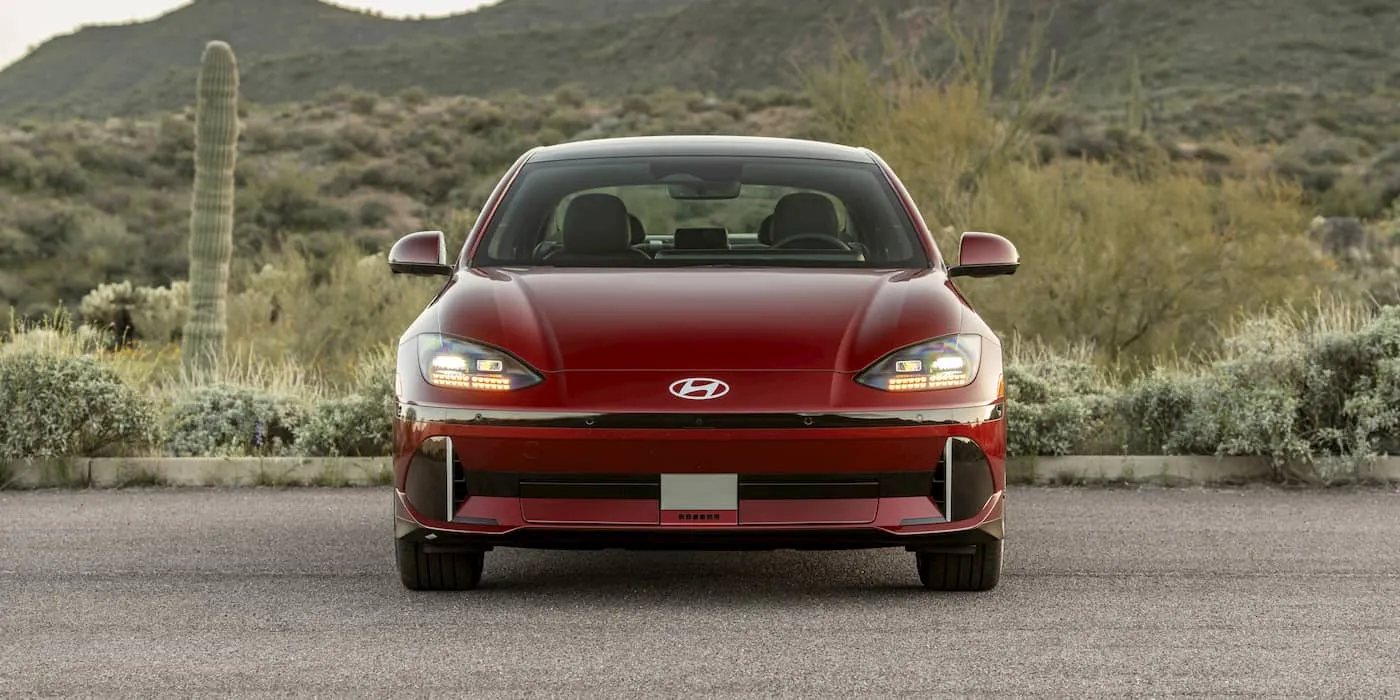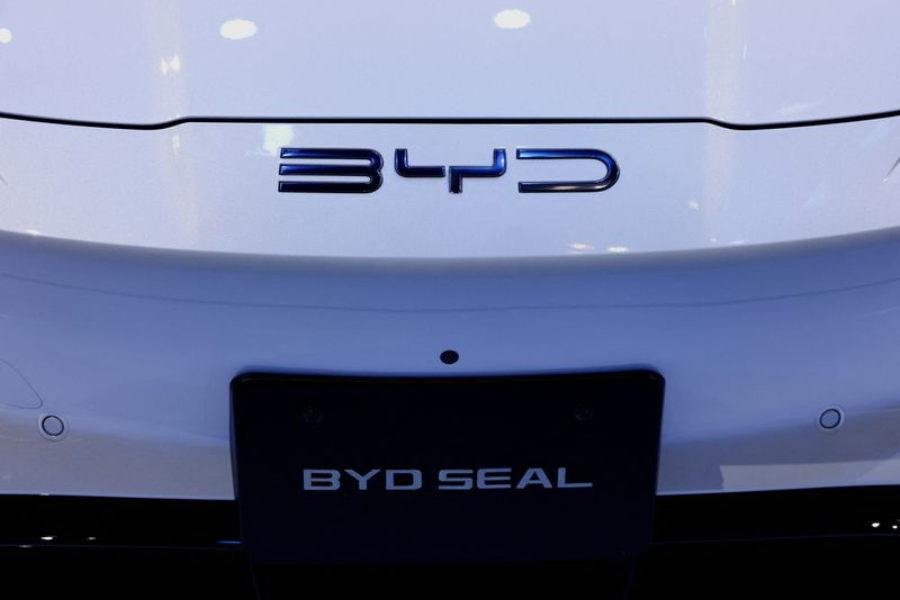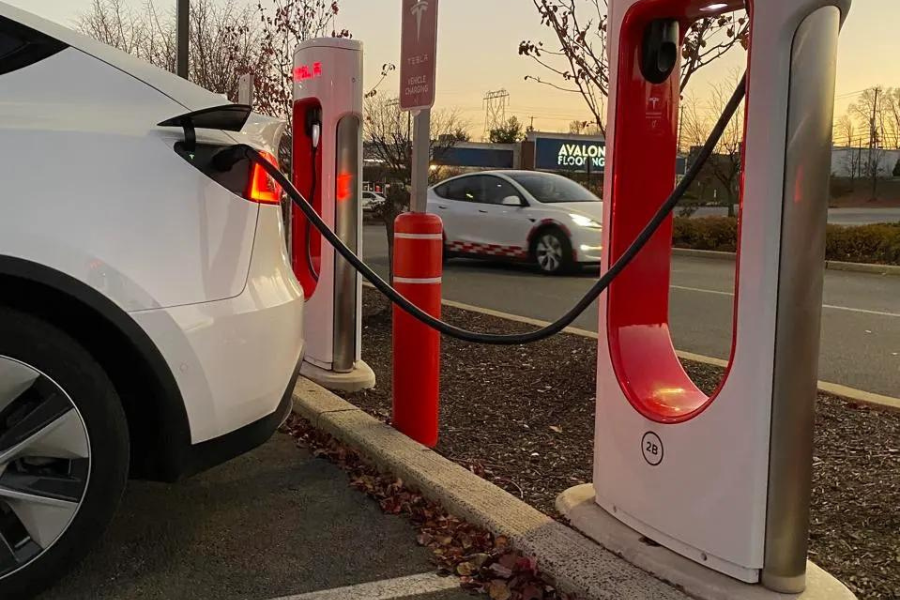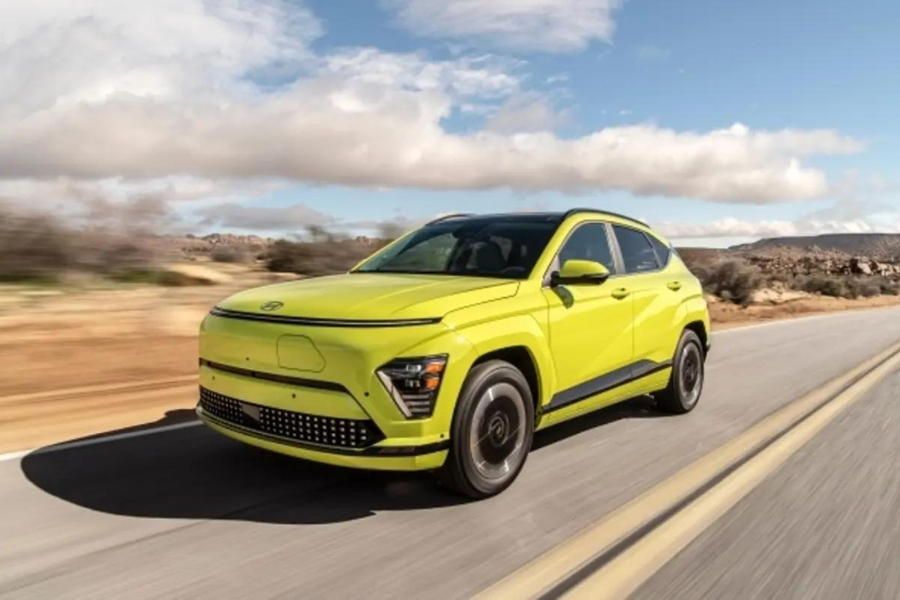- Based on the terrain you frequent, the travel length of your fork can dramatically impact comfort and control, making it crucial to match your fork’s suspension with your primary riding landscape.
- Ensure that the fork aligns with the size of your EMTB’s wheels and is compatible with your braking system to maintain performance and safety.
- Depending on your EMTB’s existing weight and intended use, the fork’s material could play a pivotal role in balancing durability, weight, and overall ride experience.
What’s an EMTB Fork?
An EMTB fork is not just a pivotal component connecting the front wheel to the main frame of an electric mountain bike; it’s a masterclass in engineering tailored to the unique demands of electric bikes.
While conventional mountain bike forks focus mainly on absorbing the shocks of the terrain, EMTB forks are built to handle the additional weight and power dynamics inherent to electric bikes.
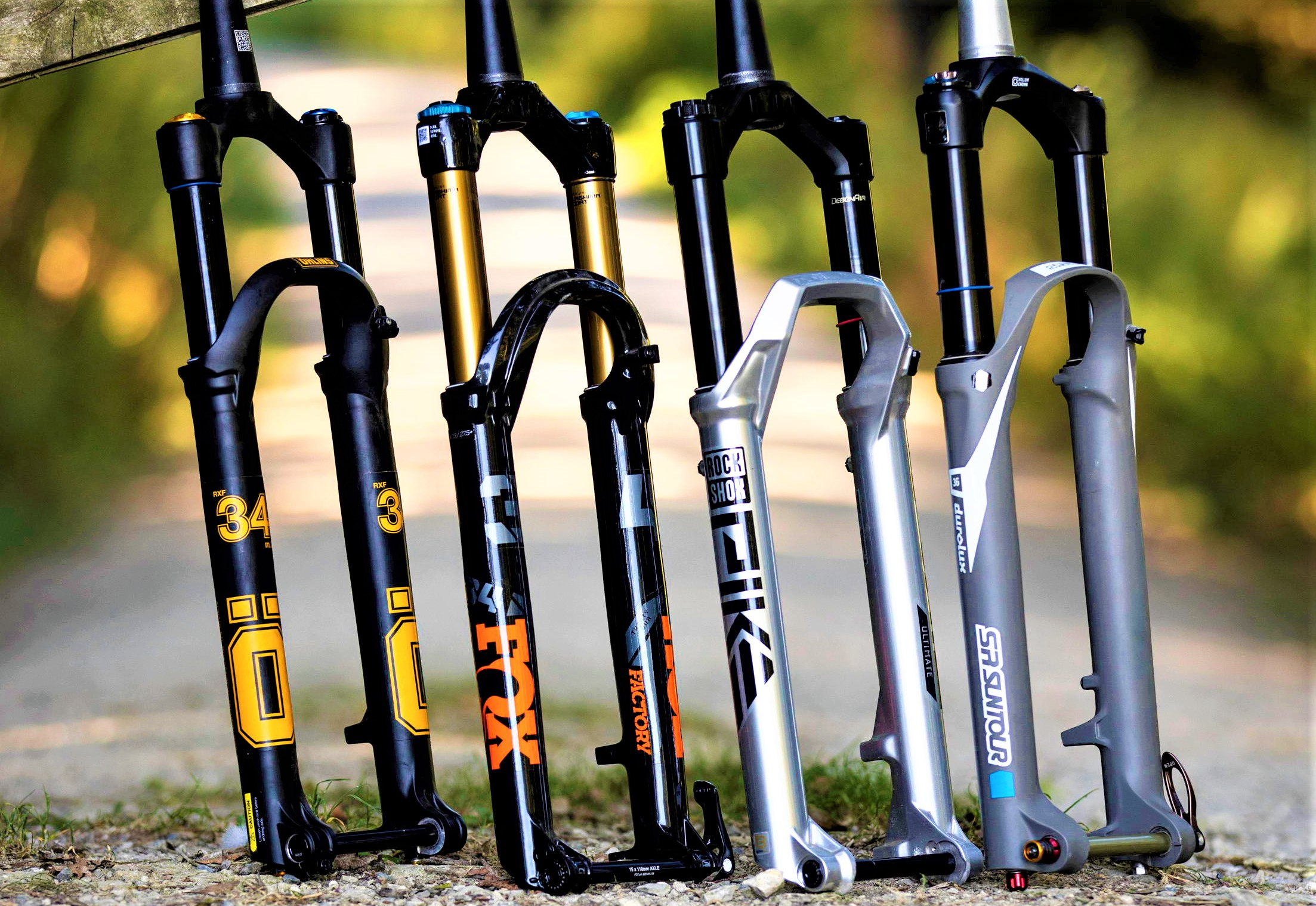
At its essence, the fork acts as a bridge between the rider and the rugged terrains of mountain biking, facilitating precise steering, shock absorption, and balance.
Its design and functionality play a decisive role in determining how well an EMTB can navigate challenging terrains, maintain speed downhill, or even climb steep trails.
The additional torque and weight from the battery and motor of an EMTB make the role of the fork even more crucial in ensuring stability, safety, and performance.
What are Forks Used For?
Forks, especially for mountain bikes, serve primarily three functions:
- Shock Absorption: When you’re on rugged terrain, it’s the fork that absorbs a significant portion of the shocks, ensuring a smoother ride and less strain on the rider.
- Steering: Forks allow riders to steer their bike. They are connected to the handlebars, allowing for easy navigation through different terrains.
- Weight Distribution: Good forks distribute the weight of the rider and the EMTB efficiently. This provides stability, especially during downhill rides or when making sharp turns.
4 Main Types of EMTB Forks
When it comes to EMTB forks, there are a few different types to choose from:
- Telescopic Forks: The most common type, these forks have two legs and move up and down to provide shock absorption.
- Single Crown: These are traditional forks where the steering column is placed above the fork brace.
- Double Crown (or Dual Crown): Typically used for downhill riding, these forks have two connection points with the bike’s frame which provide increased stability.
- Rigid Forks: Without any suspension, these are generally lighter but offer a bumpier ride.
What to Consider When Buying a Fork for Electric Mountain Bikes?
Choosing the right fork can dramatically influence your EMTB experience. Here are the crucial factors to bear in mind:
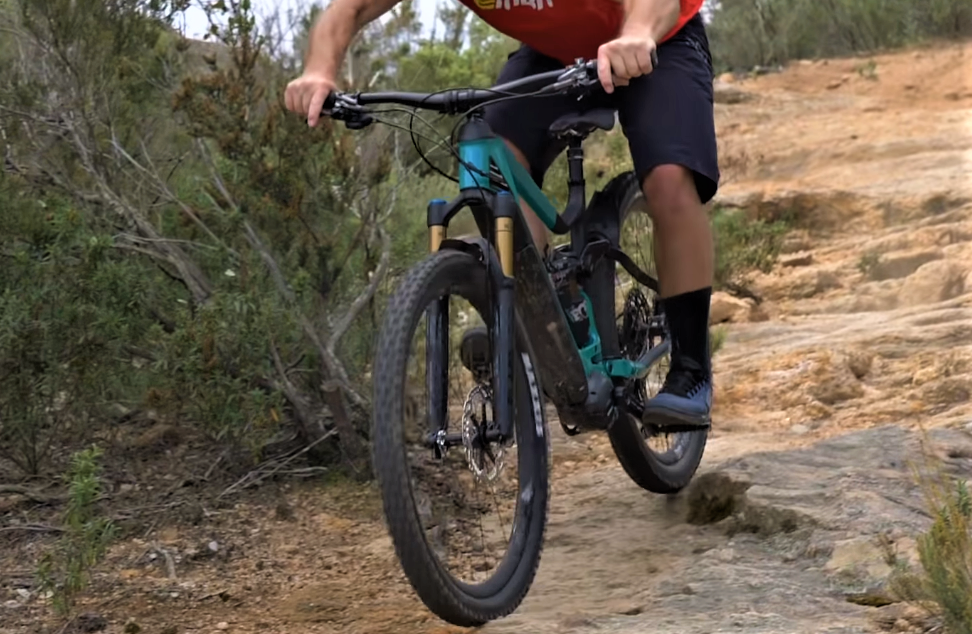
- Travel Length: The travel length indicates how much the fork can compress under pressure. Longer travel is suitable for rough terrains where more shock absorption is needed. Assess where you’ll be riding most often and choose accordingly.
- Stiffness: Given the added weight of EMTBs, forks designed for them are generally stiffer to handle the extra stress. Check for sturdiness but ensure it doesn’t compromise on responsiveness.
- Material: Forks are made of various materials including aluminium, carbon fiber, and steel. Each has its own advantages. For instance, carbon fiber is lightweight yet strong but often comes at a higher cost. Aluminium strikes a balance between weight and cost, while steel is known for its durability.
- Weight: While durability and strength are paramount, considering the weight of the fork is essential given the already enhanced weight of EMTBs. A lighter fork might offer better handling and agility.
- Wheel Size Compatibility: EMTBs come with varying wheel sizes, typically between 27.5-inch to 29-inch. Ensure your fork is compatible with your wheel size.
- Brake Mount Type: Not all forks support all brake types. Whether you’re using disc brakes or any other kind, ensure the fork you choose is compatible.
- Axle Type: EMTBs use either quick-release axles or thru-axles. Thru-axles provide more stiffness and are commonly used in modern EMTBs, but always check compatibility.
- Adjustability: Some high-end forks offer adjustable compression and rebound settings, allowing you to fine-tune your ride based on the terrain and your preferences.
- Price & Brand Reputation: While it’s tempting to go for cheaper options, remember that forks play a pivotal role in your safety and ride quality. Investing in a reputable brand can be worth the extra cost in the long run.
By carefully considering the above factors and understanding the specific demands of your ride, you’ll be well-equipped to select a fork that enhances the performance, safety, and enjoyment of your EMTB adventures.
If you’re looking for more general advice and guidance about entering the world of EMTBs the International Mountain Bicycling Association has some great EMTB educational information.
4 Best EMTB Forks 2023 Options
The complete list of best forks for EMTBs is substantial, but we’ve made a run down with our favourite choices for those searching for a shorter version:
1) Best For Downhill: RockShox Boxxer Ultimate
The RockShox Boxxer, favored by elite downhill riders, boasts up to 200mm of travel and is renowned for its reliability and enhanced rebound. Recent upgrades, including the Charger 2.1 damper, ensure a smoother ride, though its premium price and narrower tubing draw some criticism.
2) Best For Enduro: Fox 38 Factory Grip 2
The Fox 38 Factory Grip 2 forks excel in performance, offering an ideal balance of dampening and recoil for smooth rides across challenging terrains. While they may not be suited for the most extreme jump lines due to travel limits, their versatility, durability, and exceptional handling justify their premium price, making them a top choice for EMTB fork versatility.
3) Best For Trail Riding: RockShox Pike Ultimate
The RockShox Pike Ultimate combines lightness with trail-ready stiffness, boasting top-tier dampening technology and unparalleled adjustability. The easy setup appeals to a broad spectrum of riders and, with a maximum travel of 160mm, it ranks among the best EMTB forks.
Impressively, RockShox offers this premium quality at a competitive price point.
4) Best For Cross-Country (XC): Fox Float 32 Factory Step-Cast
These e-mountain bike forks are notably lightweight, ideal for enhancing XC ride performance. At 32 inches with 100mm of travel, they’re tailored for XC courses, providing stiffness for optimal traction and speed.
While capable of handling minor terrain challenges, riders seeking more robust performance might consider upgrading to a FOX 34.
Looking for new trails and routes for your EMTB outings? Trailforks has some fantastic routes for you to discover across the USA and around the world. Download the app and find new tails wherever you happen to be.
FAQs (Common Queries)
Yes, there’s a significant difference. Telescopic forks are versatile and can handle a range of terrains. Dual crown forks, on the other hand, are primarily designed for downhill riding and offer enhanced stability at the expense of some agility in steering.
While many EMTB forks can technically fit on a regular mountain bike, they might be overkill in terms of weight and strength for non-electric bikes. It’s essential to consider the specific needs and demands of your bike type.
Regular servicing every 50-100 hours of ride time is recommended for most forks to ensure optimal performance. However, the need for replacement depends on usage intensity, maintenance frequency, and visible wear and tear. If you notice a decline in performance or any damage, it’s worth consulting with a bike specialist.
A fork’s capabilities, from its travel length to its dampening and recoil properties, play a pivotal role in shaping the rider’s experience.
Those who prioritize lightweight setups might gravitate towards forks designed for swift navigation and optimal speed, especially in cross-country rides.
Meanwhile, enthusiasts of challenging terrains will benefit from robust, versatile forks that can handle the rigors of diverse landscapes.
It’s essential to strike a balance between performance, adjustability, and weight based on individual needs.
Ultimately, investing in the right fork, tailored to your specific riding style and terrain preferences, is paramount to unlocking the full potential of your e-mountain biking adventures.

